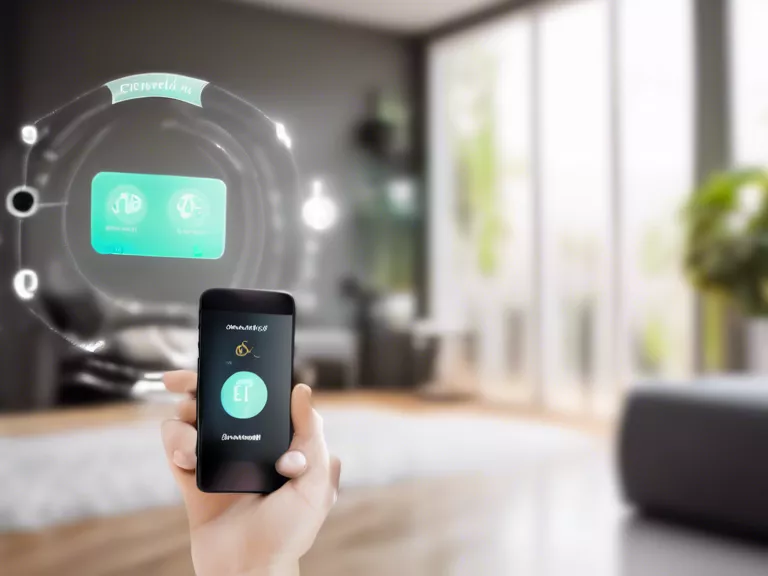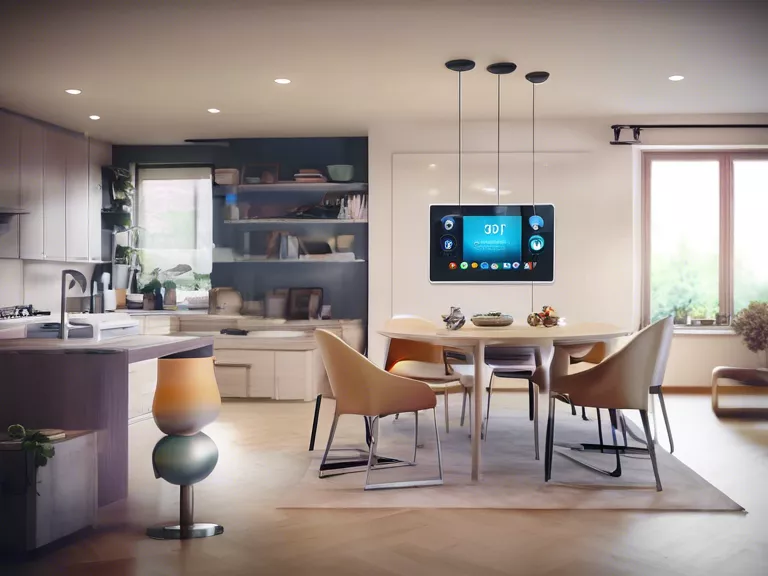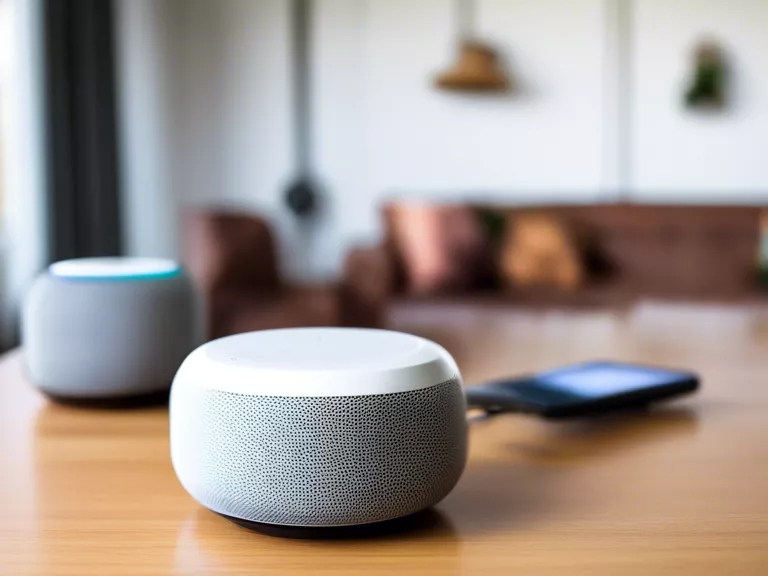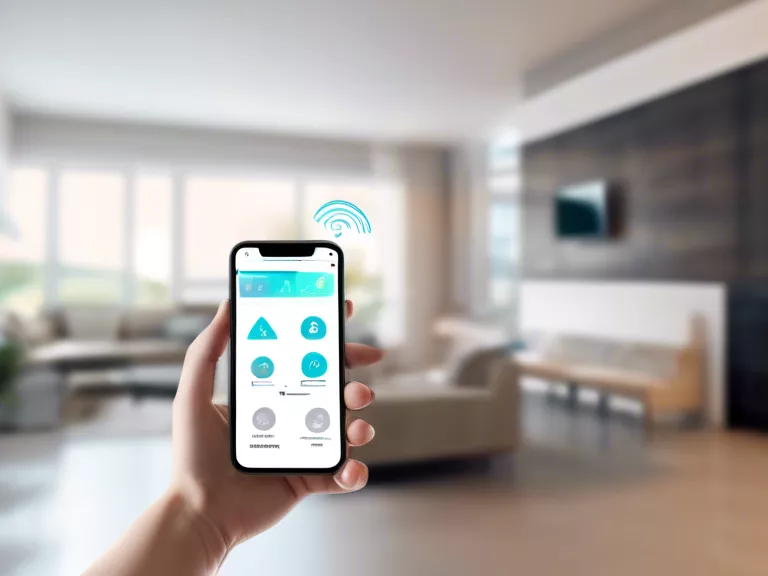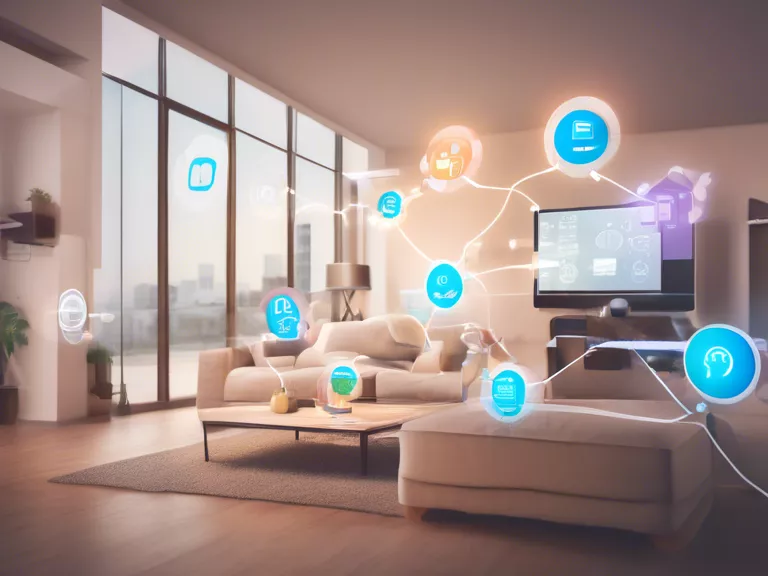
How to create a smart home ecosystem with interconnected devices
In today's digital age, smart home devices have become increasingly popular for their convenience and efficiency. From smart thermostats to security cameras, these devices offer homeowners the ability to control their home from anywhere. One way to maximize the benefits of smart home technology is to create a smart home ecosystem with interconnected devices. By linking various devices together, you can create a seamless and integrated experience that can simplify your daily routine.
Step 1: Choose compatible devices
The first step in creating a smart home ecosystem is to choose devices that are compatible with one another. Many smart home devices use different communication protocols such as Wi-Fi, Bluetooth, or Zigbee. Make sure to select devices that can easily communicate with each other to ensure a seamless connection.
Step 2: Set up a smart home hub
A smart home hub serves as the central command center for your interconnected devices. It allows you to control and automate your devices from a single app or interface. Popular smart home hubs include Amazon Echo, Google Home, and Samsung SmartThings. Choose a hub that works with your devices and fits your needs.
Step 3: Customize automation and routines
Take advantage of automation and routines to make your smart home ecosystem work for you. Set up routines that automatically adjust your thermostat, turn on lights, or lock doors at specific times. Create custom automation to trigger actions based on specific conditions or events.
Step 4: Expand your ecosystem
Once you have the basics set up, consider expanding your smart home ecosystem with additional devices. Add smart plugs, sensors, and cameras to further enhance your home's capabilities. You can also integrate third-party services such as IFTTT to create more complex automations.
Step 5: Stay informed and secure
Stay informed about the latest updates and security measures for your devices to ensure your smart home ecosystem remains safe and secure. Enable two-factor authentication, regularly update your devices' firmware, and monitor for any suspicious activity.
By following these steps, you can create a smart home ecosystem that enhances your daily life and integrates seamlessly with your devices.
